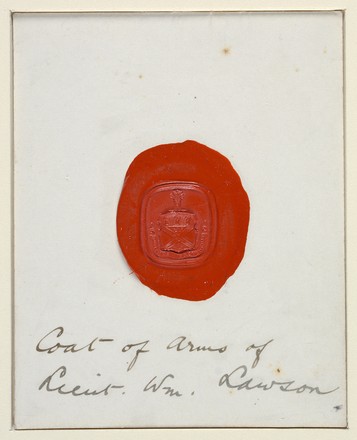The Rum Rebellion
In January 1808 Lawson was one of six officers appointed by Governor William Bligh to sit alongside the Judge Advocate, Richard Atkins, in the trial of John Macarthur, whom Bligh had charged with sedition. Macarthur succeeded in having the trial aborted and, together with Major George Johnston and other officers of the New South Wales Corps, moved to have Bligh arrested and deposed as governor. Lawson, who was a signatory to the letter demanding Bligh's removal and an active participant in the revolt, was subsequently appointed aide-de-camp to Johnston, who assumed the role of acting governor. As a reward for Lawson's loyalty Johnston granted him 500 acres (202 hectares) in the district of Alnwick, near present-day Maitland. Soon afterwards Lawson was again posted to Newcastle to take temporary charge of the settlement, and as a further reward was granted the 370 acres he had accumulated at Concord. However, in early 1810 Lawson decided to lease the Concord property and make a new home at Prospect, in what eventually became one of the great estates of early New South Wales.
For almost two years Sarah had to manage the Prospect property on her own as William was sent to England to act as a witness in the court martial of George Johnston. In the event Lawson was not summoned to give evidence, and he arrived back in Sydney on board the Guildford in January 1812. On his return, he was relieved to learn that his land grants had been confirmed by Governor Lachlan Macquarie and, as a mark of respect for the governor's views on unmarried cohabitation, William and Sarah, who by then had four children, were married at St John's church, Parramatta. *
* An extract from Dictionary of Sydney, William Lawson, Tony Dawson, 2012
http://dictionaryofsydney.org/entry/lawson_william



 Back to list
Back to list